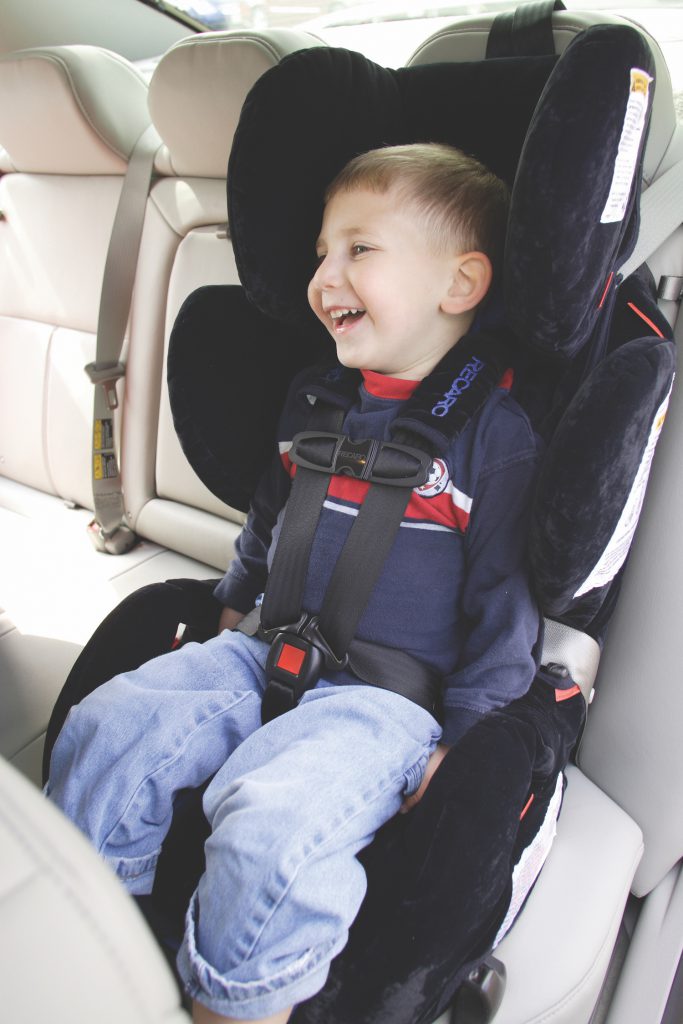
CAR & ROAD SAFETY
Car Seats
 Correctly used child safety seats can reduce the risk of death by as much as 71% among infants and 54% among children aged 1-4 in passenger cars.
Correctly used child safety seats can reduce the risk of death by as much as 71% among infants and 54% among children aged 1-4 in passenger cars.
By Pennsylvania law, infants must be rear-facing until age two. Never put a rear-facing infant or convertible safety seat in the front passenger seat of a vehicle with an active passenger air bag. For optimal protection, children should remain rear-facing until they exceed the maximum height or weight limit that is allowed by the car seat manufacturer.
Additional Resources:
- Find a Car Seat Loaner Program at the Traffic Injury Prevention Project
- We recommend you search by the county you reside in for best results
- Find a Fitting Station for a seat you own
- Register Your Car Seat
Rear-Facing Only (Infant) or Convertible Car Seats
Keep babies rear-facing in a convertible seat until they reach age two and the maximum height or weight allowed by the manufacturer.
Rear-facing occupants are safest.
Installing Tips
- Never buy a used car seat if you do not know its full history and never use a car seat that has been in a crash.
- Do not use any products in the car seat that did not come from the manufacturer. Car seat inserts that are provided with the seat have been crash tested with the seat. Adding extra inserts, can pose a suffocation hazard or impact the effectiveness of the seat in the event of a crash. Avoid attaching any toys to the car seat as this can be a projectile in a crash.
- Find where the frontal airbags are in your vehicle by checking the owner’s manual. Never put a rear-facing car seat in front of an active or sensor airbag. If an airbag cannot be turned off, do not install a rear-facing car seat in that seating location. Children are always safest in a back seat.
- Install the rear-facing car seat at a semi-reclined angle, no more than 45 degrees, so the infant head stays in contact with the seat and the airway stays open. Read the car seat manufacturers’ instructions. Rear-facing car seats contain a level indicator of some kind to ensure you have installed it at the correct angle. Be sure to install on a flat ground.
- Always refer to your specific car seat manufacturer’s instructions. Read the vehicle owner’s manual on how to install the car seat using the seat belt or LATCH system, and check height and weight limits of the LATCH system.
- Use either the vehicle seat belt or the lower anchors of the LATCH system to lock the car seat into the car. Do not use both systems at the same time, as both were not crash tested together. Lower anchors are required in motor vehicles manufactured after 2002 and are in at least two seating positions.
- Your car seat should not move more than one-inch side to side or front to back. Grab the car seat at the safety belt path or LATCH path to test it.
- Have your car seat checked by a certified child passenger safety technician to make sure it is properly installed.
Proper Use of Rear-Facing Seats
- The harness straps should be snug. Be sure the harness is tight, so you cannot pinch extra webbing at the shoulder.
- Position the shoulder straps through the slots at or below shoulder level.
- Adjust the chest (retainer) clip to armpit level. The chest clip should be on the sternum and not on the soft tissue of the stomach. If the event of a crash the chest clip is designed to hold the straps over the shoulders.
- All car seats have an expiration date. Generally, it ranges from six to ten years, but contact the car seat manufacturer to learn what the expiration date is for your specific seat. Manufacturer’s contact information can be found on the car seat and/or the owner’s manual.
- Check the car seat owner’s manual to determine the position of the carry handle when traveling in the vehicle (rear-facing infant seat only).
- Never remove any of the stickers placed on the car seat by the manufacturer. Consider attaching a child identification sticker in the event of a crash so that emergency responders would have relevant information.
- Most children will outgrow the rear-facing (infant) only car seat before the age of two and caregivers should buy a convertible car seat that works rear-facing and forward-facing.
Forward-Facing Car Seats with Harness
Once your child is 2 and/or reached the maximum height or weight limit for the rear-facing convertible, it is time to install the car seat forward-facing.
Installing Tips
- Always refer to your specific car seat manufacturer’s instructions. Read the vehicle owner’s manual on how to install the car seat using the seat belt or LATCH system, and check weight limits of the LATCH system.
- Use either the vehicle safety seat belt or the LATCH system to secure the car seat into the car. Do not use both systems at the same time, as both were not crash tested together. If using the vehicle safety seat belt, either use the locking mechanism built in the seat belt or a built-it lock-off on the child safety seat. If the vehicle safety seat belt does not have a locking mechanism or a built-in lock-off on the child safety seat, the child safety seat should provide a locking clip.
- Your car seat should not move more than one-inch side to side or front to back. Grab the car seat at the safety belt path or LATCH path to test it.
- Have your car seat checked by a certified child passenger safety technician to make sure it is properly installed.
- Use a top tether whether using the vehicle seat belt or the lower anchors, if your vehicle is equipped. If your vehicle has lower anchors, then it will have a top tether. Top tethers can be tricky to find in pick-up trucks and SUVs. Check your vehicle owner’s manual to determine the location of your top tethers. Top tethers limit the forward motion of your child’s head (head excursion) in the event of a crash.
Proper Use of Forward-Facing Seats with Harness
- Use a forward-facing car seat correctly, paying particular attention to the harness height and weight limits, in a back seat every time your child rides in a vehicle. Many harness systems range from 50-100 pounds, so check your owner’s manual for the weight limit.
- The harness should be positioned through the slots that are at or above the forward-facing child’s shoulders. Some seats require use of the top slots or certain slots when the seat is forward-facing, so check the owner’s manual.
- The harness straps should be snug. Be sure the harness is tight, so you cannot pinch extra webbing at the shoulder.
- Adjust the chest (retainer) clip to armpit level. The chest clip should be on the sternum and not on the soft tissue of the stomach. If the event of a crash the chest clip is designed to hold the straps over the shoulders.
- All car seats have an expiration date. Generally, it ranges from six to ten years, but contact the car seat manufacturer to learn what the expiration date is for your specific seat. Manufacturer’s contact information can be found on the car seat and/or the owner’s manual.
- Never remove any of the stickers placed by the manufacturer on the car seat. Consider attaching a child identification sticker in the event of a crash so that first responders would have relevant information.
From Forward-Facing Car Seat to Booster Seat
A child is ready to move from forward-facing car seat to a booster seat when all questions below are answered with yes.
- Does your child exceed the car seat’s height or weight limit?
- Are your child’s shoulders above the car seat’s top harness slots?
- Are the tops of your child’s ears above the top of the car seat?
Before Hitting the Road
- Do not allow children to play with unused seat belts. Treat them as you would any rope or cord.
- Be sure all occupants wear seat belts correctly every time; children learn from adult role models.
- Restrain all children in the age- and weight-appropriate child restraint when in a vehicle.
- Never leave children alone in a car.





